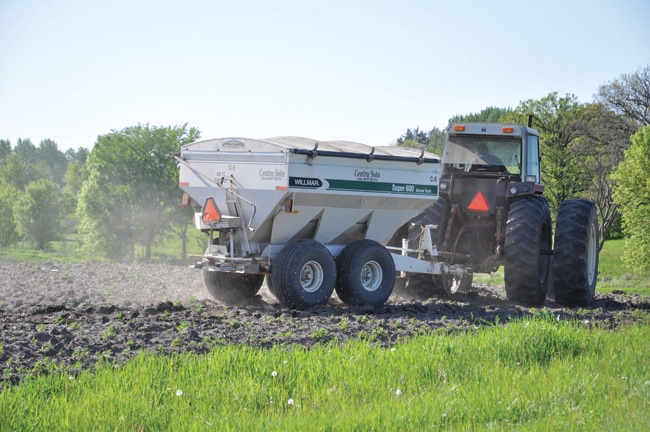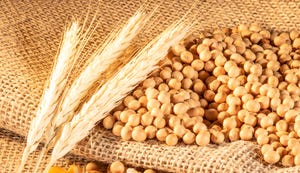
Uncertainties abound for corn and soybean production in 2013. Potential drought, crop insurance payouts, and commodity prices are just a few major unknowns. To help growers prepare for the next year, Farm Industry News put together a buyer’s forecast of interest rates and the costs of production inputs and land. Featured here is the 2013 forecast for fertilizer.The rest of the input forecasts may be found here:Crop protection Seed Machinery Interest ratesFarmland Farmland myths Fuel
November 29, 2012

Midwest agricultural economists agree that fertilizer prices are likely to hold steady before the start of the 2013 cropping season. They also forecast a slight chance for nitrogen (N) prices to dip a bit. Still, outside market forces could alter those projections, particularly if similar events were to occur in 2013 as happened in 2008.
“Right now, we’re looking at pretty stable fertilizer prices,” says Gary Schnitkey, Extension farm management economist, University of Illinois. “If the current steadiness in the market holds, farmers in Illinois should expect to pay somewhere around $825/ton for anhydrous ammonia, $600/ton for potash (potassium) and $625/ton for DAP (diammonium phosphate).”
Most major farm fertilizer prices have been trending lower during the past year, points out Chad Hart, Iowa State University agricultural economist. “N, P (phosphorous) and K (potassium) are all down in price this year,” Hart says. “Anhydrous ammonia is only a little bit cheaper, but DAP and MAP (monoammonium phosphate) are sizably below what they were at this time in 2012, and potash is 10% lower.”
Yet, compared to the extreme price shifts that occurred from 2007 to 2009, the current fertilizer market fluctuations are relatively stable, says Bruce Erickson, agronomist, Purdue University. Nor do the usual market fundamentals point to any dramatic price changes ahead, he adds.
Keys to price swings
“The two key things that could significantly alter future fertilizer prices would be a change in demand or a change in manufacturing and transportation costs,” Erickson says. “With the current high commodity prices for corn and soybeans, the demand for fertilizer is likely to remain high worldwide, and that should support fertilizer prices here as well. In addition, gas, diesel and overall transportation costs continue to remain high, so prices are unlikely to drop much for P and K fertilizers, which are heavily mining and transportation-energy dependent.”
Nitrogen would be the one fertilizer product that could dip a bit in price, due to its direct tie to natural gas prices, which have dropped dramatically in the last two years, Erickson says. “N-fertilizer prices could become softer in the future, if fertilizer companies can continue to reduce their overall input costs and pass on these cost savings to customers,” he says.
Economic meltdown worries
Despite current fertilizer market stability, any unforeseen deterioration in global economic conditions might cause dramatic price shifts again, Hart notes. “If global economies suddenly take a tumble, our crop prices would react immediately, just like in 2008,” he says. “We could see the same thing that happened then, with a sudden, sharp decrease in commodity prices.”
A fertilizer price drop would likely follow a big commodity price drop, but less quickly, he adds. “Even if the economy in Europe melts down like it did in 2008, it likely won’t affect fertilizer prices until next fall,” Hart says. “A lot of fertilizer decisions have already been made for the 2013 crop, with a lot of the material already booked and prepaid.”
About the Author(s)
You May Also Like



